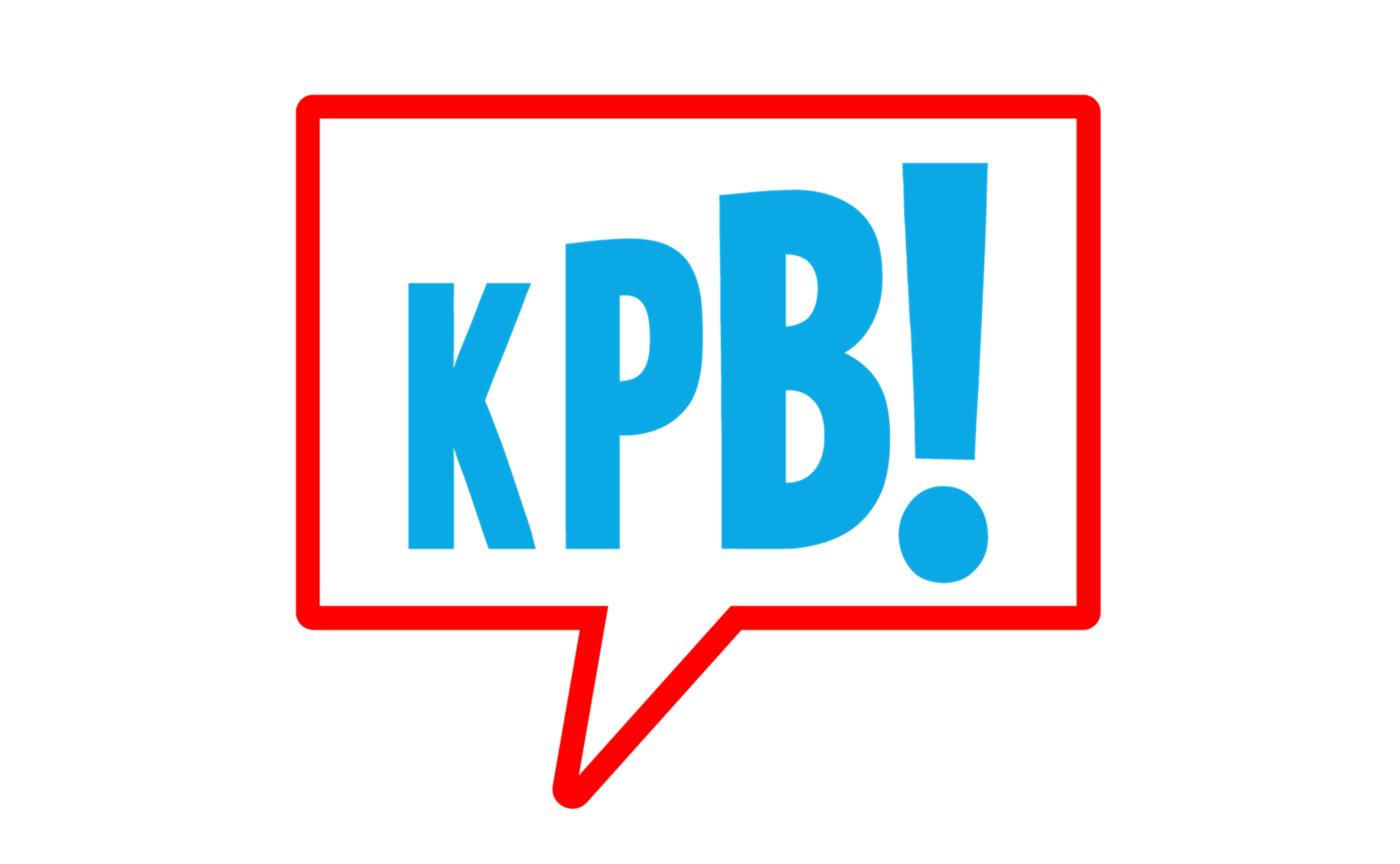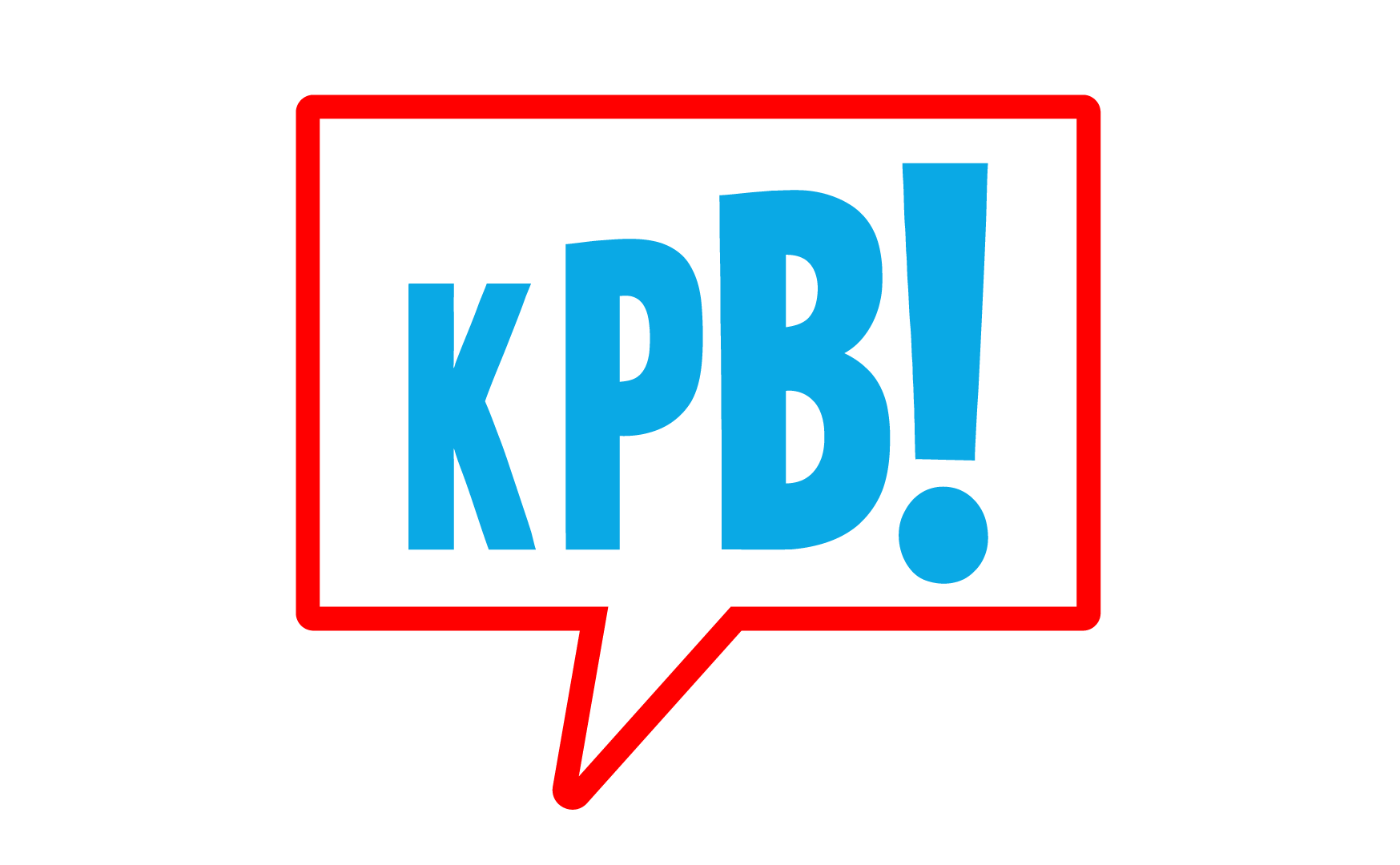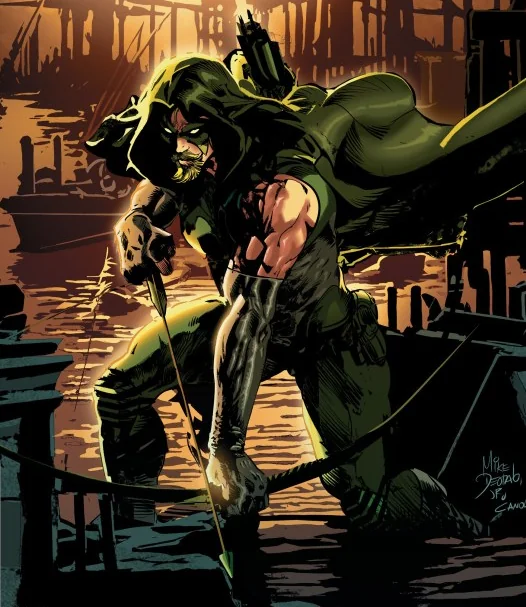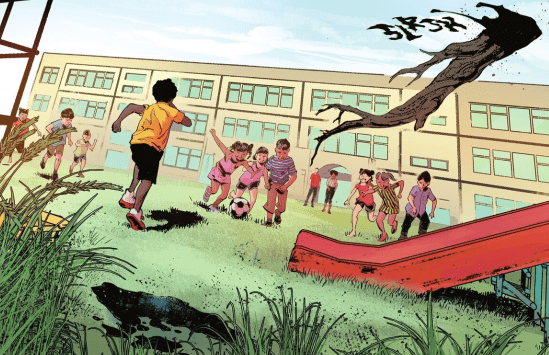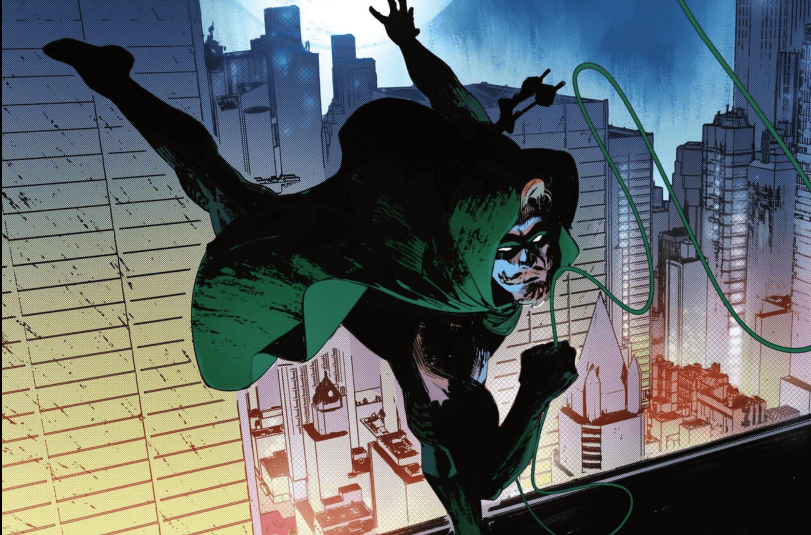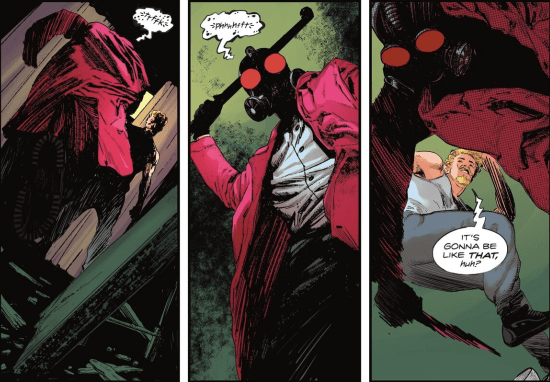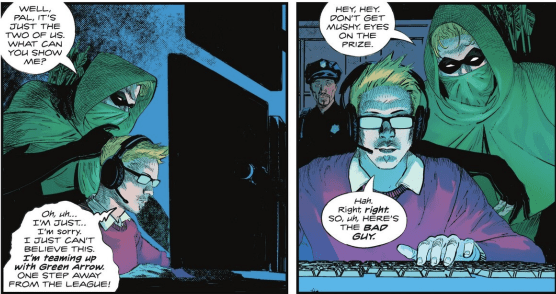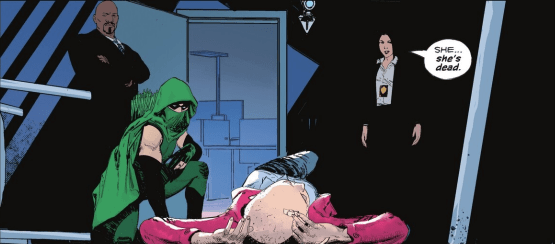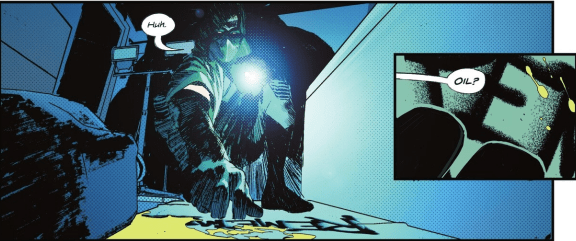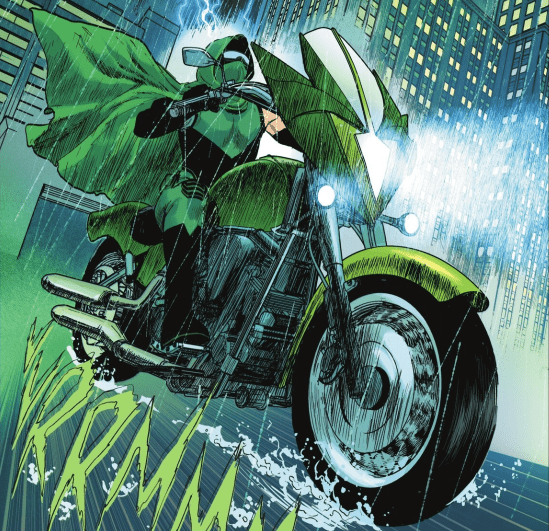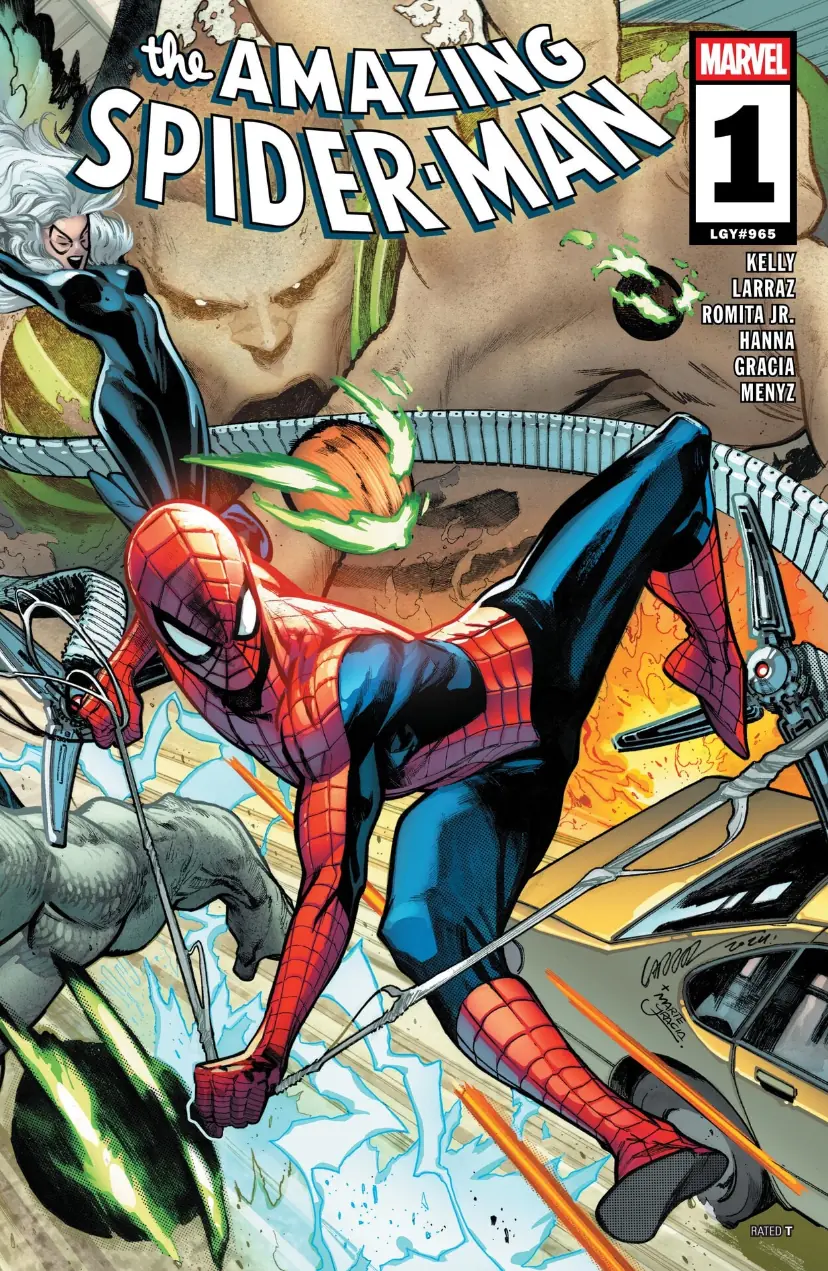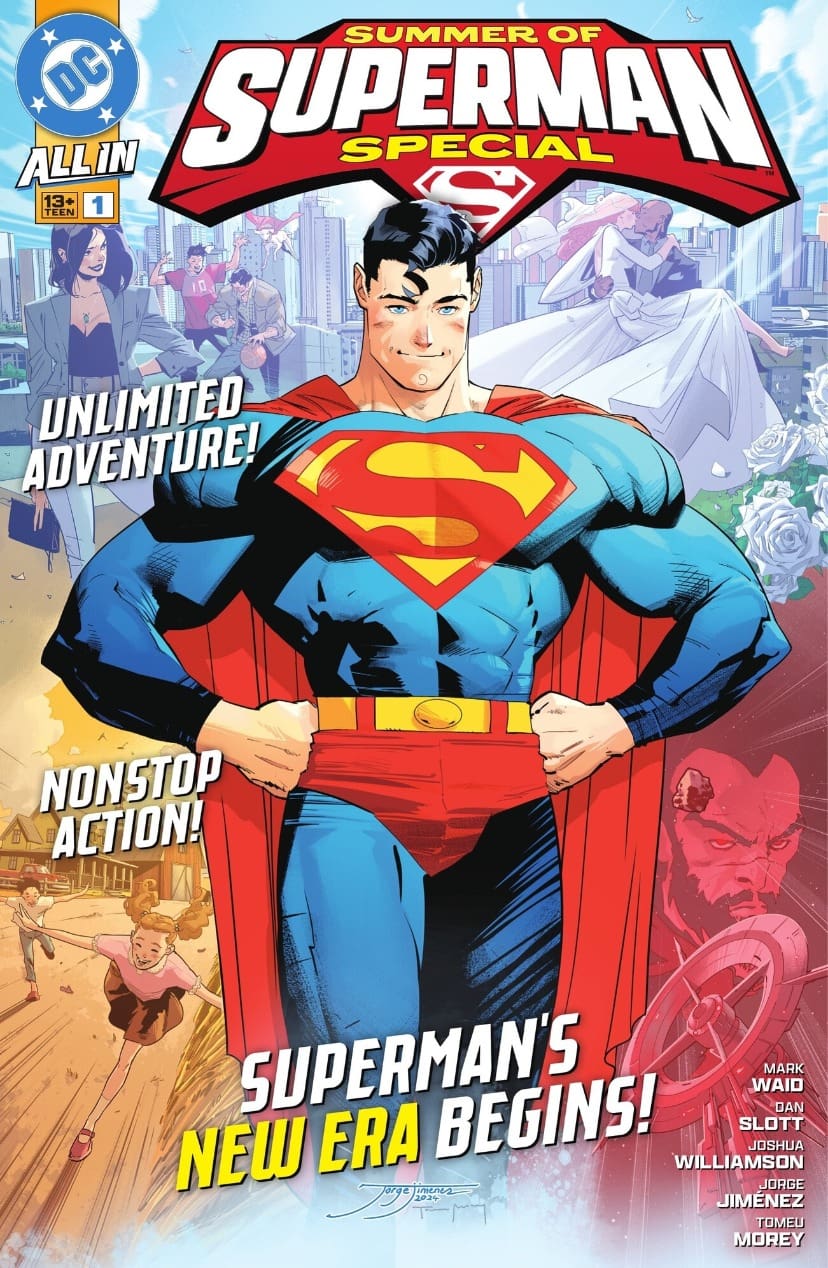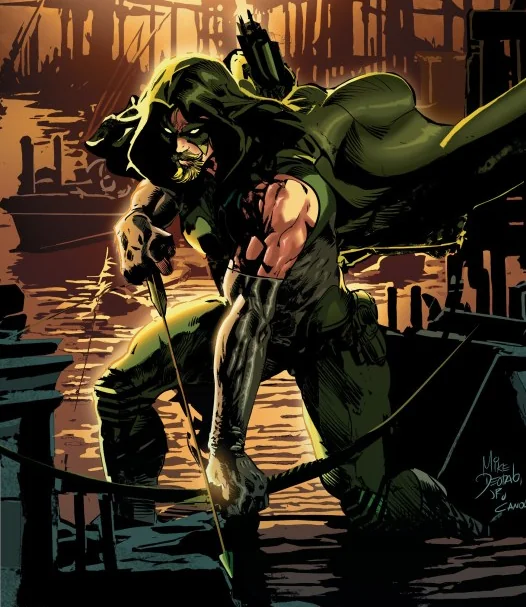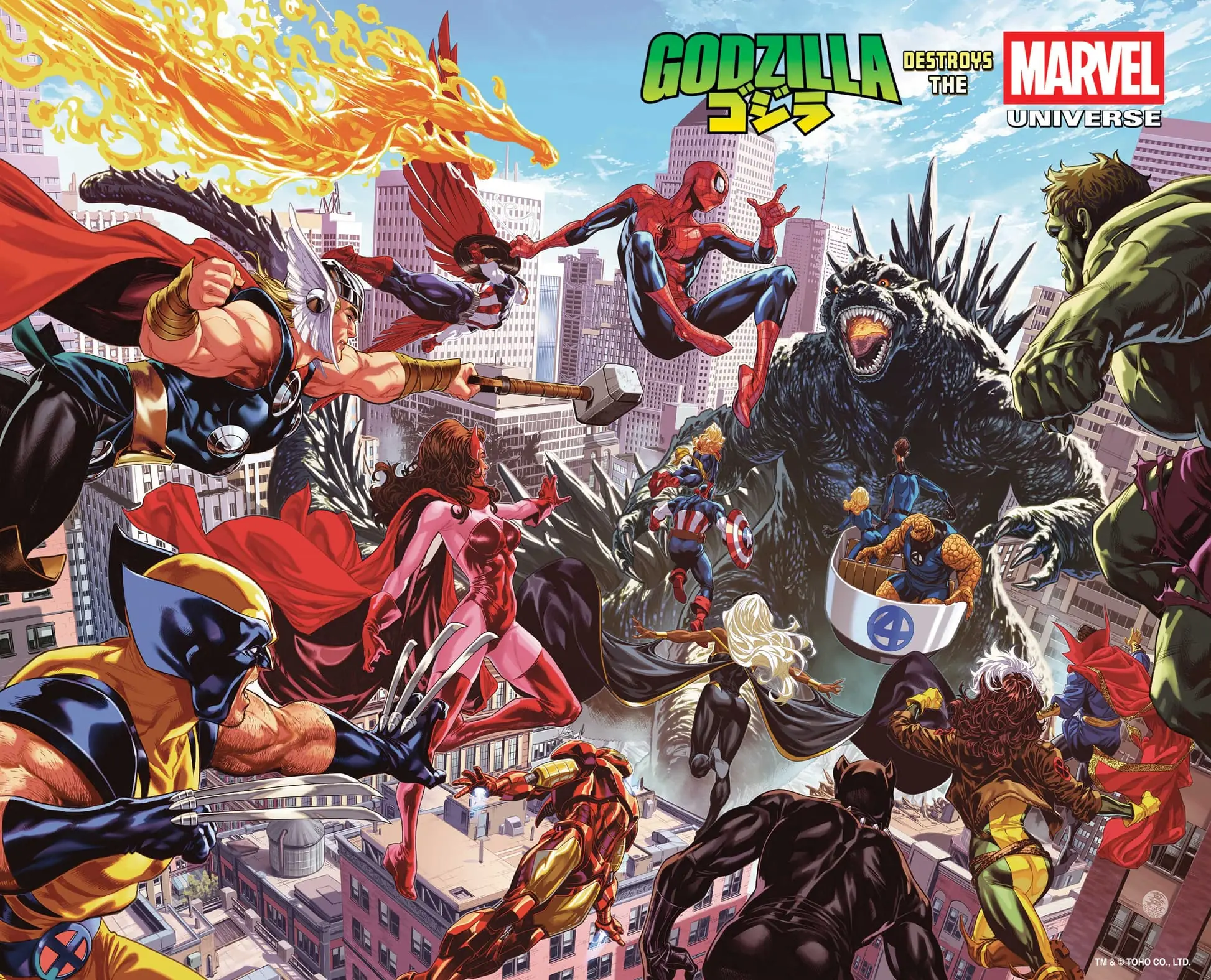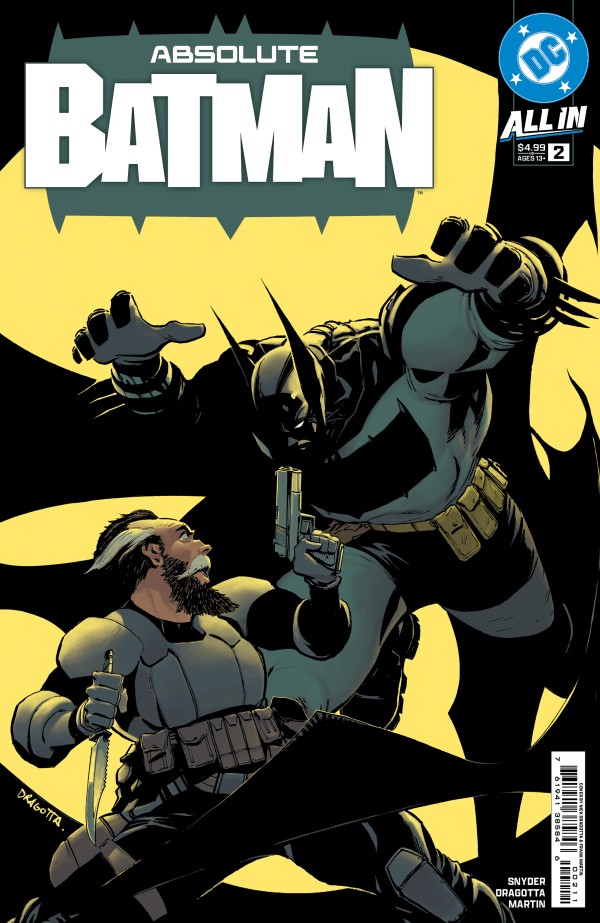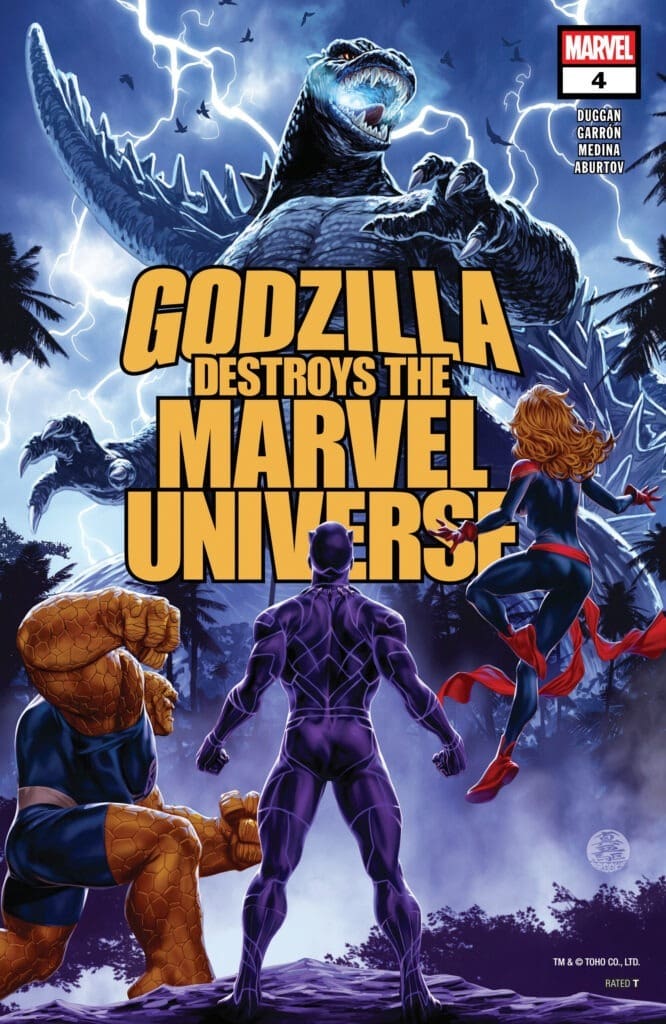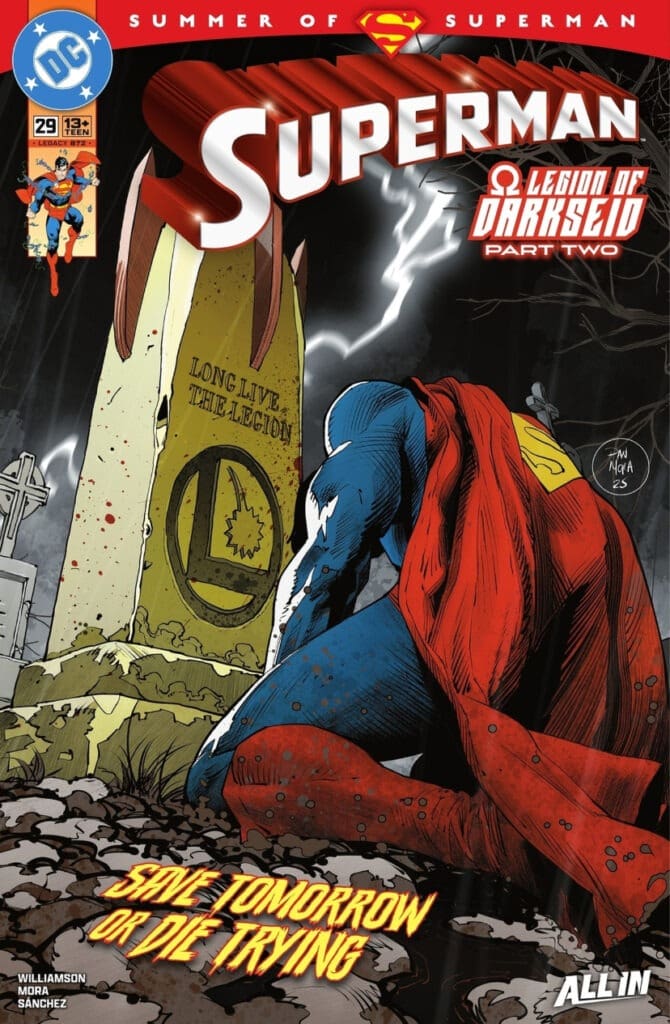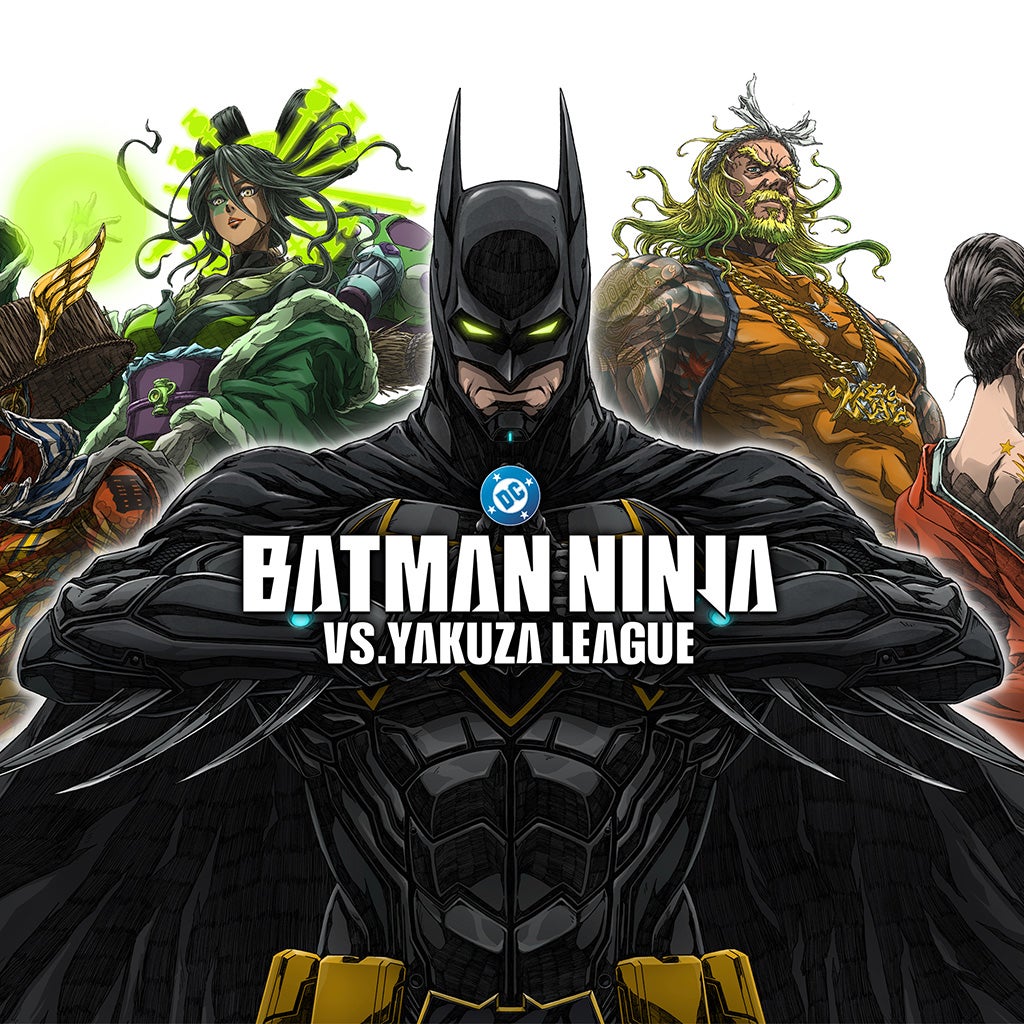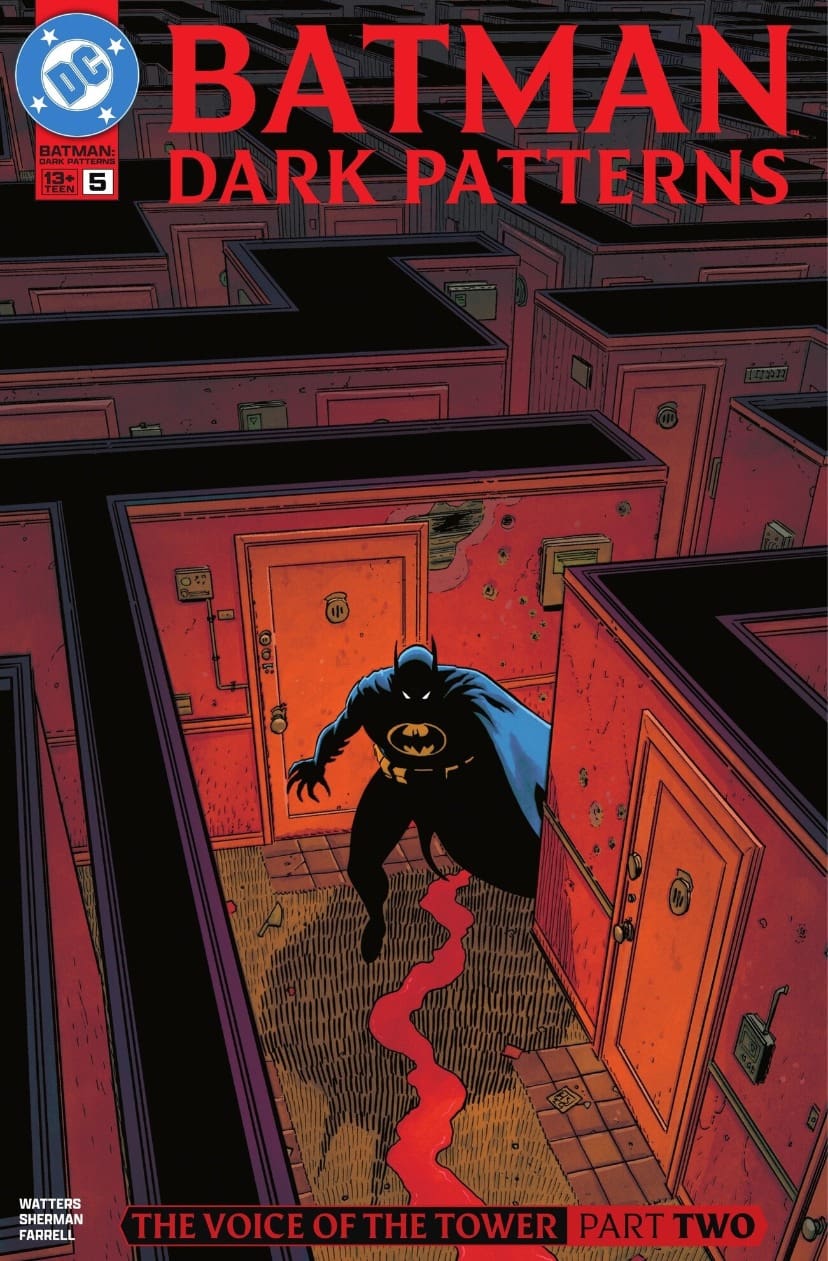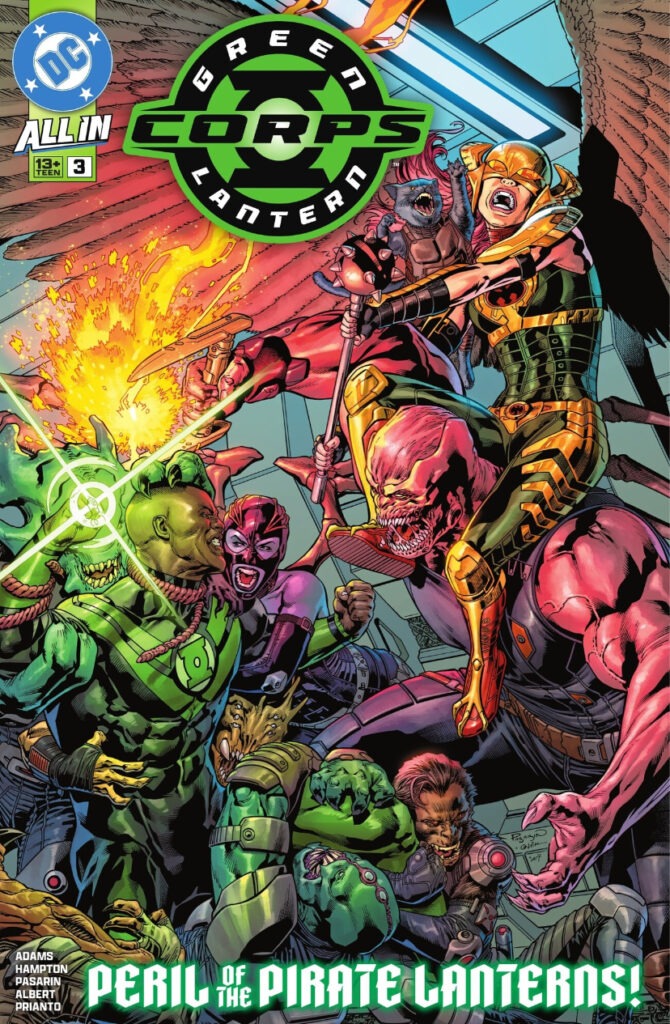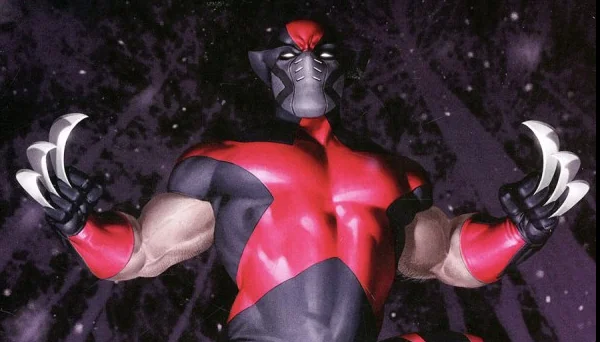If you stepped away from Green Arrow due to recent cosmic storylines or super-spy intrigue, you’ll be glad to hear about the new “Freshwater Kills” storyline that kicked off in issue #18. Creatives Chris Condon and Montos basically said, “Let’s bring Ollie Queen back home.” Ditching the complicated, high-flying adventures and putting Green Arrow right back where he started: protecting the regular people of Star City on the ground level. WARNING: Spoilers for Green Arrow #18-22 below.
However, he’s not just tackling street crime like purse-snatchers here. This story digs into something deeper, something rotten poisoning the city. You’ve got this series of murders where corporate bigwigs are being targeted. At the same time, there’s a scary environmental disaster unfolding – toxic chemicals getting into the water supply and making people sick. It’s a mix that feels incredibly relevant right now, tapping into anxieties many of us share.
The story pulls no punches right from the start. Imagine finding old chemical barrels buried under a kids’ playground in your neighborhood. It’s a chilling visual that immediately shows how this hidden danger affects the community, especially when you realize a huge corporation, Horton Chemical, seems responsible and doesn’t care. The comic makes you feel it by showing recurring characters suffering from illnesses caused by the pollution. It makes corporate malfeasance feel very real and personal.
At the same time, someone calling themselves the “Freshwater Killer” starts taking out the executives tied to this environmental nightmare. Things then get intensely personal for Oliver Queen when people he knows end up in the killer’s sights. So, of course, Green Arrow has no choice but to dive in and untangle what’s really going on.
Condon’s Green Arrow feels classic – the modern Robin Hood sticking up for people who get ignored or hurt by the powerful. The writing nails his voice: that trademark sarcasm is there, but underneath, you can feel his genuine anger about the injustice driven by corporate greed. Importantly, Ollie isn’t perfect here. You see him get frustrated, make mistakes, and absolutely boil over with rage, which makes him feel human and relatable under the hood. His own history and connections to the suffering community make this more than just another case for him; it’s personal.
The mystery takes a really dark and heartbreaking turn when they unmask the first Freshwater Killer. It’s not some cackling supervillain, but someone totally unexpected: a local school teacher. She turned violent after getting diagnosed with terminal leukemia caused by the exact pollution she’d been trying to fight through normal channels. Her death while in custody is devastating and makes you (and Green Arrow) ask some tough questions: How desperate do people have to be before they snap? When the system fails you so badly, does that change the rules? Is violence ever justified, even if you’re the victim?
The situation intensifies when a second killer appears, using similar tactics but possibly for entirely different reasons, hinting at a potential larger conspiracy. This new killer confronts Green Arrow directly, throwing Oliver’s past connection to Horton Chemical (he used to be an executive there!) back in his face. Suddenly, this isn’t just an external fight for Oliver; it’s internal. He has to wrestle with his past and the uncomfortable idea that maybe he’s not entirely separate from the problem. The “Freshwater Kills” arc does an excellent job of blurring the lines between who’s the villain, the victim, or the hero, especially given the entanglement of Oliver’s past in the conflict.
Throughout this arc, the concept of masks—literal and figurative—takes center stage, raising questions about their purpose. Are they instruments of justice when the system won’t act, or simply shields allowing people to avoid accountability? Rather than providing simple answers, the story embraces this ambiguity, making it more thought-provoking. Masterfully using its masked vigilantes to delve into the nuances of vigilantism, identity, and the psychology driving extreme actions.
“Freshwater Kills” feels real, and that’s why it’s so powerful. It taps into that feeling of helplessness many people have when facing giant corporations that seem untouchable. It brings to life real fears about pollution and health scares – you see it in the sick residents of Freshwater. It perfectly captures the anger and frustration of communities who feel like the people in charge just don’t care or listen. There are these intense scenes at town hall meetings where sick, furious citizens confront officials who brush them off – it feels ripped straight from the headlines about environmental justice fights. You even get the sense that Freshwater might be a historically overlooked or marginalized area, which adds another layer to the injustice.
And the art by Montos? It’s fantastic for this kind of story. It’s gritty and realistic but still has that superhero energy. He uses muted colors and many shadows to create a serious, unsettling mood that perfectly fits the story. The characters look incredibly expressive, even behind masks or in dark alleys. Even the design of the Freshwater Killers – simple red coats and creepy gas masks – feels grounded and genuinely menacing, fitting the environmental horror theme, instead of being some over-the-top comic book costume.
So yeah, “Freshwater Kills” is more than just your typical superhero mystery. It’s a well-put-together story that tackles big, current issues like environmental justice, corporate greed, and the morality of taking the law into your own hands when the system fails. By putting Green Arrow right in the middle of these messy, relatable problems, Condon and Montos deliver exciting suspense and a genuinely thought-provoking and moving look at the struggles ordinary people face today. It’s a powerful reminder that Green Arrow is often at his best when he’s fighting injustice at the ground level.
